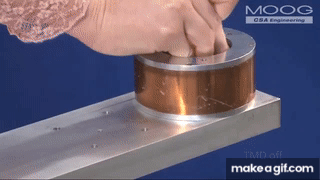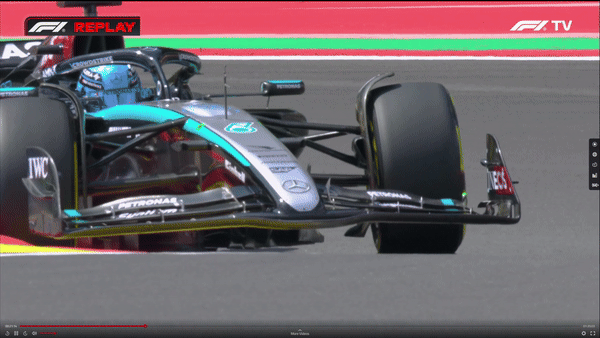Vanja #66 wrote: ↑29 Aug 2024, 11:58
ispano6 wrote: ↑28 Aug 2024, 19:11
The location of the parts that oscillate the most are in the ideal location of the mass damper.
This cannot be further from the truth
Please offer a rational explanation then if you know precisely the correct location where such a system should go and convince me.
I too wasn't specific so I wonder how you can say what I'm referring to as far from the truth. Which part do you think I'm referring to as the most ideal location? Flap or plane? How far from the center line?
Also, this is with regard to the current chassis regulation and where teams CAN exploit parts and materials for extracting the purposes of said mass-damper.
The reasons are the same as back in 2005:
The Enstone-based team had found the rules introduced for 2005 required it to run an excessive amount of front spring stiffness to keep the front wing as close as possible to the ground. This was the sort of mechanical trade-off that teams typically make to try to find aerodynamic performance.
The possible loopholes that are being exploited, but how with these regulations"
FIA introduced technical directive to combat flex during 2023 season
Last year, the governing body introduced TD018 which came into effect at the Singapore Grand Prix but had been outlined around the time of the Dutch Grand Prix weekend earlier that season. No team fell foul of any rule-breaking, nor were ever singled out by the FIA, but the governing body sought to tighten up an area it felt was being exploited by the teams.
With F1 teams always doing what’s possible in the grey areas of the rules when it comes to bodywork flexibility, the suspicion was that some had found ways to use variability in the flexibility of a part or in the movement between interconnected parts.
“What we don’t want to see is that, at the joint of, let’s say, a rear beam wing to an endplate that it’s decoupled in any way such that it can rotate about a pivot or it can move laterally or up and down,” said then-FIA single-seater director Tim Goss.
“So we’re saying that you can’t have very localised motion of one component relative to another. The assembly can move as a whole body but we don’t expect to see parts of it being able to translate relative to others.”
The exact nature of what the teams may be doing this year hasn’t been addressed in detail, but a report in Germany’s Auto Motor und Sport claims Red Bull is leading the pushback against the level of flexibility seen at McLaren, Ferrari, and Mercedes.
“Christian Horner told me that the FIA are ‘playing a bit blind’ and claims that everything is fine but to be honest all the front wings pass the technical inspection so it is fine/legal,” reporter Michael Schmidt wrote.
“What happens is that the front wings bend in a specific way, differently at every team, for some outwards, for some the flaps turn backward. The aim is for the front wing to lose downforce at high speeds.”
What do the F1 technical regulations permit?
The technical regulations regarding front wing flexibility are laid out in Article 3.15.4, which explains how front wing flexibility is scrutineered – some tolerance has to be built in as every material will flex to a certain degree.
Loads of 1000 newtons (about 100 kilograms static) is applied along three different points of the wing, in a downward direction, using a 50-millimetre diameter ram. Fitted to a rectangular ram supplied by the team, the amount of deflection is measured relative to the survival cell and along the loading axis.
“When the load is applied symmetrically to both sides of the car, the vertical deflection must be no more than 15mm,” state the rules.
“When the load is applied to only one side of the car, the vertical deflection must be no more than 20mm.
“No part of the trailing edge of any front wing flap is permitted to deflect more than 5mm when a 60-newton force is applied.”
https://www.planetf1.com/news/f1-flexib ... -explained
Lots of the use of the word "load". Bolded text of wings bending backward describe primary purpose of flexiwing.
The forces we see in the behavior of the wing at LOW speed does not exhibit behavior due to LOAD. Load would be pressing DOWN on the wing. You can design your wing to be stiff in one direction and flexible in another. Then the other loop hole is the amount of movement that is being exhibited and allowed of a trailing edge being no more than 20mm. How much movement do we see in the Merc FW oscillations? Precisely within 20mm at all points of all trailing edges? (what I'm trying to get at is the loophole that you can exceed that movement if the movement isn't due to aerodynamic load)





